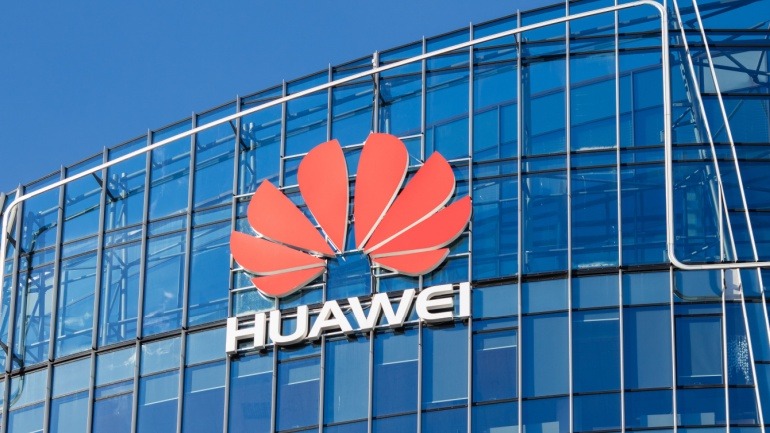The radio access network (RAN) equipment market experienced a significant downturn last year, as highlighted by recent reports from Omdia and Dell’Oro. These reports, drawing from detailed market analysis, reveal a challenging period for the industry, with global RAN revenues dropping by 11% to just over $40 billion.
Conversations with analysts, including Rémy Pascal from Omdia, shed light on the difficulties faced by the sector. North America emerged as the most affected region, seeing nearly a 50% reduction in revenue. This stark decline is juxtaposed against the backdrop of a strong performance in 2022, indicating a dramatic shift. Conversely, India and China were identified as bright spots, managing to buck the trend amidst widespread market contractions.
This downturn has not deterred Huawei from maintaining its position as the leading RAN vendor globally, despite concerted efforts from the US and its allies to curb its market influence. The resilience of Huawei underscores a complex dynamic, where geopolitical pressures and market forces intersect.
The industry’s struggles are part of a broader trend of deceleration following a period of rapid growth from 2017 to 2021. Stefan Pongratz of Dell’Oro points to the maturation of the first wave of 5G deployment as a critical factor. The convergence of capabilities between leading and emerging operators, initially a boon for the industry, is now seen as a limiting factor for future growth.
Looking ahead, Omdia’s projections suggest a continued, albeit slower, contraction of the RAN market, with an anticipated 5% decrease in size compared to 2023. This outlook reflects the broader challenges facing the sector, including hesitancy among operators to invest heavily in Open RAN and programmable networks. With the 5G cycle not yet at its midpoint, the path to reinvigorating market growth remains uncertain, signaling a cautious approach moving forward.







